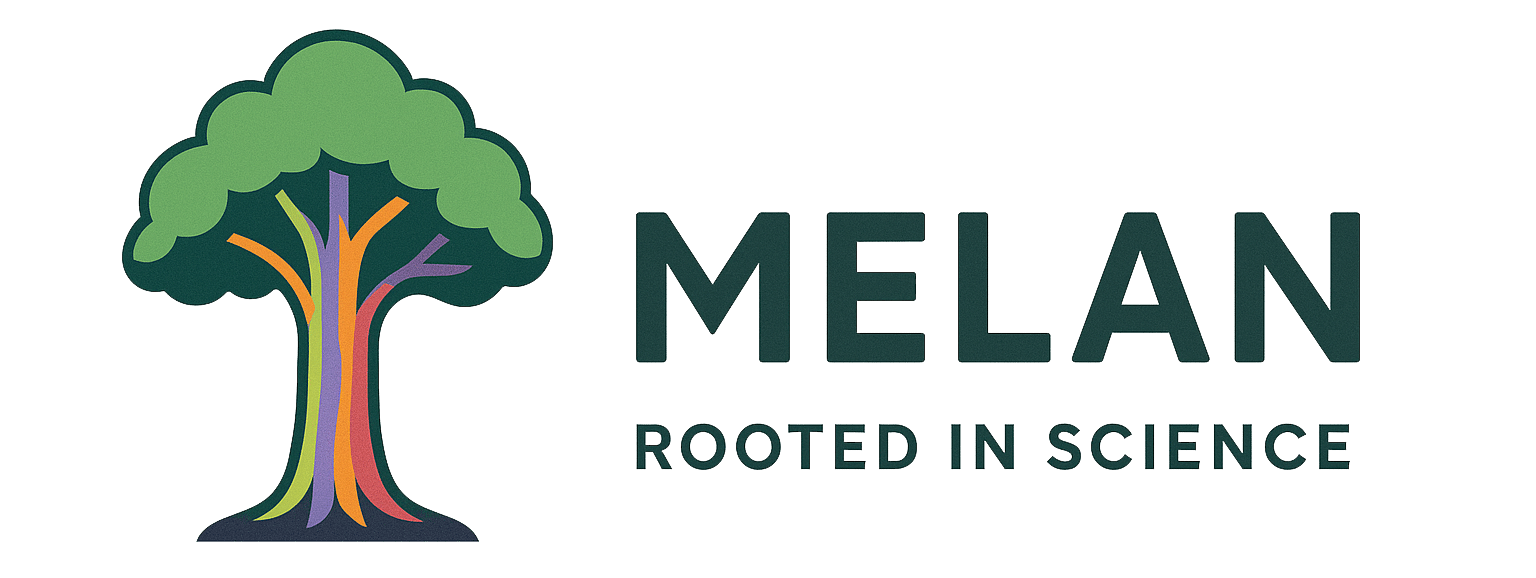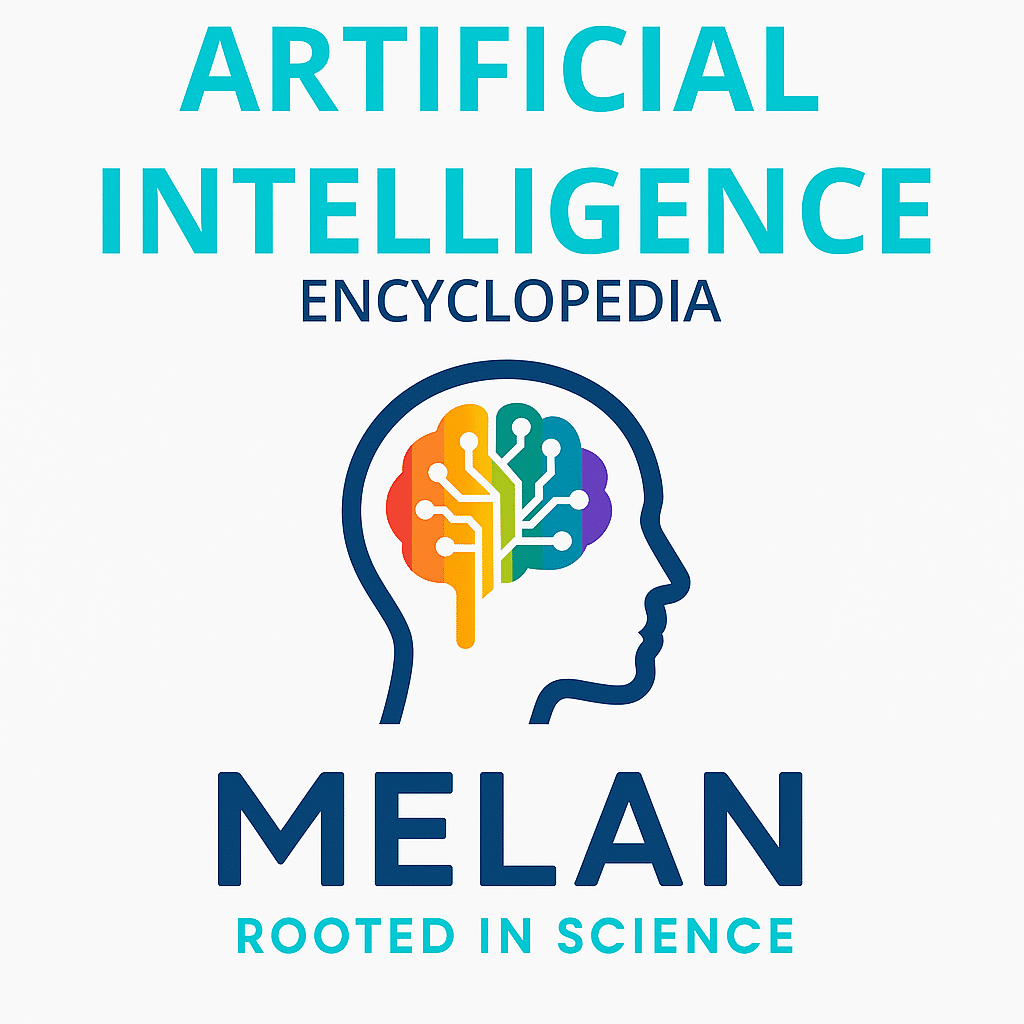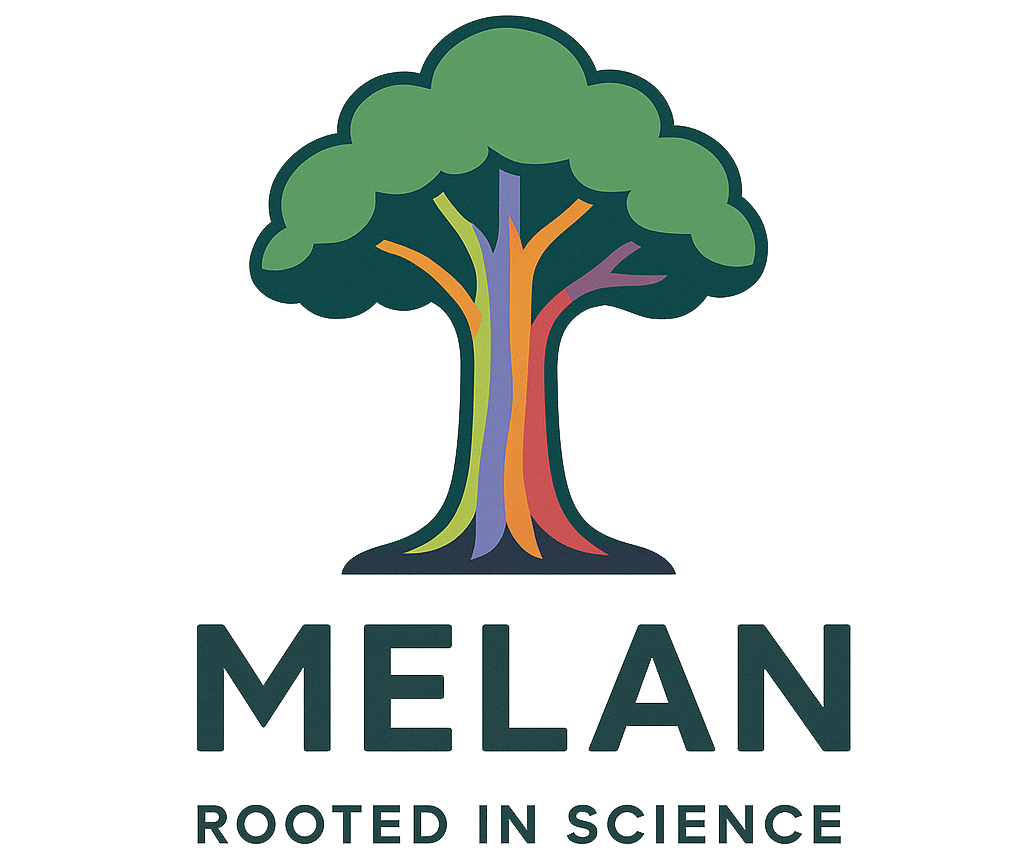Zero-shot Learning refers to an artificial intelligence technique that enables models to recognize and classify objects, concepts, or patterns they have never seen during training, using only descriptions or knowledge about related items they have learned before. This approach mimics human ability to identify new things based on existing knowledge—like recognizing a zebra for the first time by knowing it’s “a horse with black and white stripes”—making AI systems more flexible and capable of handling new situations without requiring additional training examples.
Zero-shot Learning
|
|
|---|---|
| Category | Machine Learning, Artificial Intelligence |
| Subfield | Transfer Learning, Few-shot Learning, Knowledge Transfer |
| Key Capability | Recognition Without Training Examples |
| Learning Type | Knowledge Transfer, Semantic Understanding |
| Primary Applications | Image Recognition, Natural Language Processing, Robotics |
| Sources: Zero-Shot Learning Survey, NeurIPS Proceedings, CLIP Paper | |
Other Names
Zero-shot Classification, Unseen Category Recognition, Zero-shot Transfer, Novel Class Detection, Open-vocabulary Recognition, Semantic Transfer Learning, Knowledge-based Recognition
History and Development
Zero-shot learning emerged in the early 2000s from research in cognitive science and machine learning, inspired by how humans can recognize new objects by relating them to familiar concepts without needing specific training examples. Early work by researchers like Christoph Lampert and others in the late 2000s focused on attribute-based learning, where systems learned to recognize objects by understanding their features (like “has wings,” “is furry,” “is red”) rather than memorizing specific examples.
The field gained momentum around 2010 when researchers began using semantic embeddings which are mathematical representations of word meanings to bridge the gap between known and unknown categories. Modern zero-shot learning was revolutionized by large language models like GPT and vision-language models like CLIP (Contrastive Language-Image Pre-training) developed by OpenAI in 2021, which demonstrated that systems trained on massive amounts of text and images could recognize entirely new categories just by reading descriptions of them. This breakthrough showed that zero-shot learning could work at practical scales for real-world applications rather than just controlled laboratory experiments.
How Zero-shot Learning Works
Zero-shot learning works by creating connections between visual features and semantic information (meaning and descriptions), allowing AI systems to understand new categories through their relationships to known concepts. The system first learns to associate visual patterns with descriptive attributes or word embeddings (mathematical representations of concepts) during training on categories it has seen before. When encountering a new, unseen category, the system receives a description or set of attributes for that category and uses its learned knowledge about similar features to make classifications. For example, if a system has learned about dogs, cats, and horses, and then encounters the description “zebra: like a horse but with black and white stripes,” it can recognize zebras in images by looking for horse-like features combined with striped patterns. Modern zero-shot systems often use large pre-trained models that have learned rich representations of both visual and textual information, enabling them to perform this knowledge transfer across many different types of tasks and domains without needing retraining for each new application.
Variations of Zero-shot Learning
Attribute-based Zero-shot Learning
Systems that recognize new categories by understanding their component features or attributes, such as identifying animals by knowing they “have fur,” “are large,” or “live in water,” combining these attributes to classify unseen species.
Semantic Embedding-based Learning
Approaches that use mathematical representations of word meanings and concepts to bridge between seen and unseen categories, leveraging the relationships between words to transfer knowledge across domains.
Vision-Language Zero-shot Learning
Modern systems like CLIP that learn from paired images and text descriptions, enabling them to classify images based on natural language descriptions without needing labeled examples for each category.
Real-World Applications
E-commerce platforms use zero-shot learning to automatically categorize new products without manually labeling each item, allowing systems to recognize “wireless bluetooth earbuds” or “vintage leather boots” based on product descriptions and learned understanding of similar items. Medical imaging systems employ zero-shot learning to identify rare diseases or conditions that have limited training examples, using knowledge about related conditions and medical descriptions to assist doctors in diagnosis when few case studies exist for specific health conditions. Content moderation systems apply zero-shot learning to detect new types of harmful content or emerging trends in problematic behavior, using descriptions of policy violations to identify issues without needing extensive examples of each specific violation type. Translation and language processing systems use zero-shot learning to work with languages or dialects they haven’t been specifically trained on, leveraging knowledge about related languages and linguistic structures to provide basic translation capabilities. Wildlife conservation projects employ zero-shot learning to identify endangered species or track new animal behaviors from camera trap footage, using biological descriptions and taxonomic relationships to recognize species in nocturnal wildlife monitoring without extensive training datasets.
Zero-shot Learning Benefits
Zero-shot learning dramatically reduces the need for extensive labeled training data, making AI development possible in domains where collecting examples is expensive, time-consuming, or impossible, such as rare medical conditions or endangered species. It enables rapid adaptation to new categories and concepts without requiring system retraining, allowing AI applications to stay current with changing needs and emerging trends in dynamic environments. The approach scales efficiently to handle large numbers of potential categories by leveraging semantic relationships rather than memorizing individual examples, making it practical for applications with thousands or millions of possible classifications. Zero-shot learning supports more flexible and generalizable AI systems that can handle unexpected inputs and novel situations, reducing the brittleness that often affects traditional machine learning systems when they encounter unfamiliar data. The technique enables democratization of AI capabilities by reducing the data collection and labeling costs that often limit AI development to well-funded organizations, making advanced recognition capabilities accessible to smaller teams and specialized applications.
Risks and Limitations
Performance Gaps and Accuracy Issues
Zero-shot learning typically achieves lower accuracy than traditional supervised learning methods that have access to training examples for each category, creating trade-offs between system flexibility and performance that may be problematic for critical applications requiring high precision.
Semantic Bias and Description Dependencies
The system’s performance depends heavily on the quality and completeness of semantic descriptions or attributes used to define new categories, and biases in these descriptions can lead to systematic errors or unfair treatment of certain groups or concepts.
Domain Mismatch and Transfer Failures
Zero-shot learning can fail when the gap between training domains and target applications is too large, or when the semantic relationships learned during training don’t apply well to new contexts, leading to poor generalization and unreliable performance.
Evaluation and Validation Challenges
It’s difficult to properly evaluate zero-shot learning systems since, by definition, there are no labeled examples for the target categories, making it challenging to assess performance and identify when the system is making systematic errors or exhibiting problematic biases.
Adversarial Vulnerabilities and Robustness
Zero-shot learning systems may be particularly vulnerable to adversarial attacks or manipulation since they rely on semantic understanding that can be fooled by carefully crafted inputs or misleading descriptions.
Regulatory and Validation Standards
The deployment of zero-shot learning in critical applications faces regulatory challenges since traditional validation methods based on test datasets don’t apply when no labeled examples exist for target categories. Professional standards for zero-shot learning evaluation and deployment are still evolving as industries recognize both the benefits and risks. These challenges have become more prominent following cases where zero-shot language systems exhibited unexpected biases or failures in cross-cultural applications, market demands for reliable and trustworthy AI systems that work across diverse domains, and regulatory pressure for adequate testing and validation of AI systems deployed without extensive domain-specific training.
Best Practices and Quality Assurance
Technology companies, academic researchers, and industry organizations collaborate to establish guidelines for responsible zero-shot learning deployment, focusing on performance evaluation, bias detection, and failure mode analysis. Professional associations develop standards for documenting zero-shot learning capabilities and limitations, ensuring users understand when these systems are appropriate and when traditional supervised learning might be necessary. The intended outcomes include developing reliable methods for evaluating zero-shot learning performance in the absence of traditional test datasets, establishing clear guidelines for appropriate applications and limitations of zero-shot systems, creating bias detection and mitigation techniques for semantic transfer learning, and ensuring zero-shot learning enables beneficial AI applications while maintaining appropriate safety and reliability standards. Initial evidence shows increased awareness of zero-shot learning limitations among AI practitioners, development of better evaluation methods for semantic transfer systems, growing emphasis on robustness testing for zero-shot applications, and establishment of domain-specific guidelines for zero-shot learning deployment in critical applications.
Current Debates
True Zero-shot vs. Few-shot Learning
Researchers debate whether current “zero-shot” systems are truly learning without examples or are actually performing few-shot learning by leveraging implicit examples seen during large-scale pre-training on internet data.
Semantic Understanding vs. Pattern Matching
Scientists argue about whether zero-shot learning systems genuinely understand semantic relationships or are performing sophisticated pattern matching, with implications for their reliability and generalization capabilities.
Evaluation Methodology and Benchmarking
The field debates how to properly evaluate zero-shot learning systems when traditional metrics don’t apply, particularly regarding how to ensure fair comparison across different approaches and real-world performance assessment.
Attribute Learning vs. End-to-end Training
Practitioners disagree about whether to use explicit attribute-based approaches that are more interpretable or end-to-end trained systems that might achieve better performance but are less transparent.
Generalization vs. Specialization Trade-offs
Researchers debate whether to develop general-purpose zero-shot systems that work across many domains or specialized systems optimized for specific applications, considering performance and reliability trade-offs.
Media Depictions of Zero-shot Learning
Movies
- Her (2013): Samantha’s (Scarlett Johansson) ability to understand and discuss concepts she’s never directly encountered demonstrates zero-shot learning’s capacity for knowledge transfer and novel understanding
- Ex Machina (2014): Ava’s (Alicia Vikander) ability to understand human emotions and social situations without specific training examples reflects zero-shot learning principles of knowledge generalization
- The Imitation Game (2014): Alan Turing’s (Benedict Cumberbatch) approach to codebreaking by applying knowledge from related problems demonstrates human-like zero-shot reasoning that inspires AI research
- I, Robot (2004): The robots’ ability to handle novel situations and make decisions about unprecedented scenarios reflects zero-shot learning’s goal of generalization beyond training data
TV Shows
- Star Trek: The Next Generation (1987-1994): Data’s ability to understand new concepts and situations by relating them to his existing knowledge demonstrates ideal zero-shot learning capabilities
- Westworld (2016-2022): The hosts’ ability to adapt to new guest interactions and scenarios without explicit programming for each situation parallels zero-shot learning concepts
- Black Mirror: Episodes exploring AI adaptation to novel situations, such as “USS Callister,” demonstrate both the potential and risks of systems that generalize beyond their training
- Person of Interest (2011-2016): The Machine’s ability to understand new types of threats and situations by applying its learned knowledge reflects zero-shot learning principles
Books
- The Diamond Age (1995) by Neal Stephenson: Features AI tutors that can adapt to teach completely new subjects by applying their understanding of learning principles, demonstrating zero-shot educational capabilities
- Klara and the Sun (2021) by Kazuo Ishiguro: Klara’s ability to understand human emotions and relationships she’s never been specifically taught reflects zero-shot learning from general experience
- The Lifecycle of Software Objects (2010) by Ted Chiang: Explores AI entities that develop understanding of new concepts through experience, paralleling zero-shot learning’s knowledge transfer principles
- Gödel, Escher, Bach (1979) by Douglas Hofstadter: Examines how intelligence emerges from pattern recognition and analogy-making, foundational concepts underlying zero-shot learning
Games and Interactive Media
- AI Language Models: Interactive systems like ChatGPT and Claude that can discuss topics they weren’t explicitly trained on, demonstrating zero-shot conversation and knowledge transfer
- Image Recognition Apps: Mobile applications that can identify objects, plants, or animals without being specifically trained on each species, using zero-shot learning from general visual knowledge
- Educational AI Tutors: Systems that can help students with subjects by applying general teaching principles rather than having specific lesson plans for every possible topic
- Creative AI Tools: Applications that can generate art, music, or writing in styles they weren’t explicitly trained on by combining elements from their general training
Research Landscape
Current research focuses on improving the reliability and accuracy of zero-shot learning systems by developing better methods for semantic knowledge representation and transfer across domains. Scientists are working on more robust evaluation techniques that can assess zero-shot performance without relying on traditional labeled test sets, including human evaluation studies and real-world deployment metrics. Advanced approaches explore combining zero-shot learning with few-shot learning and active learning to create hybrid systems that can quickly adapt to new domains with minimal additional data. Emerging research areas include compositional zero-shot learning that can understand complex concepts by combining simpler elements, continual zero-shot learning that can acquire new capabilities without forgetting previous knowledge, and multimodal zero-shot systems that work across different types of data like text, images, and audio simultaneously.
Selected Publications
- AI Patents Block Life-Saving Drug Discovery
- What is Artificial Intelligence (AI)?
- 60 ChatGPT Prompts for Writing Ad Copy Fast
- What is Digital Marketing?
- Build a Powerful Content Marketing Strategy for Your Wellness Beauty Brand
- What is a “personal hardship” flag in Google Merchant Center?
- Mycorrhizal symbioses and tree diversity in global forest communities
- What is Schema Markup?
- SEO is Outdated, Optimize Your Website for AI
- Google Personal Hardship Alerts Get It Wrong and Mislabel Products
- New case law and liability risks for manufacturers of medical AI
- Stop Training Google to Steal Your Patients with 3rd-Party Analytics
- Phage display enables machine learning discovery of cancer antigen–specific TCRs
- Discovery of unconventional and nonintuitive self-assembling peptide materials using experiment-driven machine learning
- When Google Misunderstands Your Business and You Rank for Irrelevant Keywords
Frequently Asked Questions
What exactly is zero-shot learning?
Zero-shot learning is an AI technique that allows systems to recognize or understand new categories they’ve never seen before during training, by using knowledge about related concepts and descriptions to make educated guesses about unfamiliar items.
How is zero-shot learning different from regular machine learning?
Regular machine learning requires labeled examples for every category you want the system to recognize, while zero-shot learning can handle new categories just from descriptions or by relating them to similar things the system already knows.
What are some practical examples of zero-shot learning?
Examples include language translation for languages the system wasn’t trained on, identifying rare medical conditions from descriptions, recognizing new product categories in e-commerce, or classifying new types of content for moderation.
What are the main limitations of zero-shot learning?
Zero-shot learning is typically less accurate than systems trained with specific examples, depends heavily on good descriptions of new categories, and can fail when the new domain is too different from what was learned during training.
When should I use zero-shot learning instead of traditional approaches?
Consider zero-shot learning when you need to handle many new categories quickly, when getting labeled training data is expensive or impossible, or when you need a system that can adapt to changing requirements without retraining.


